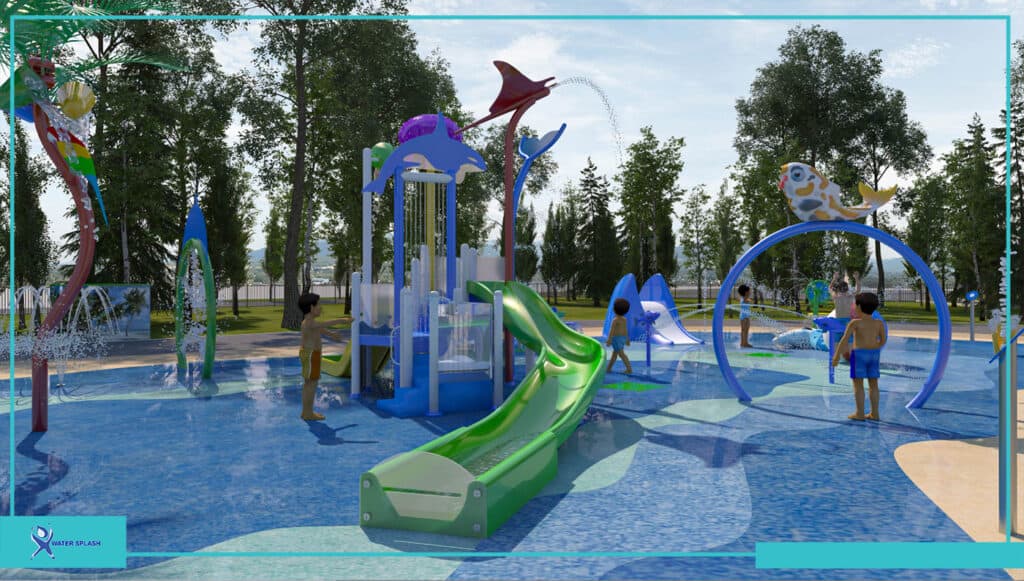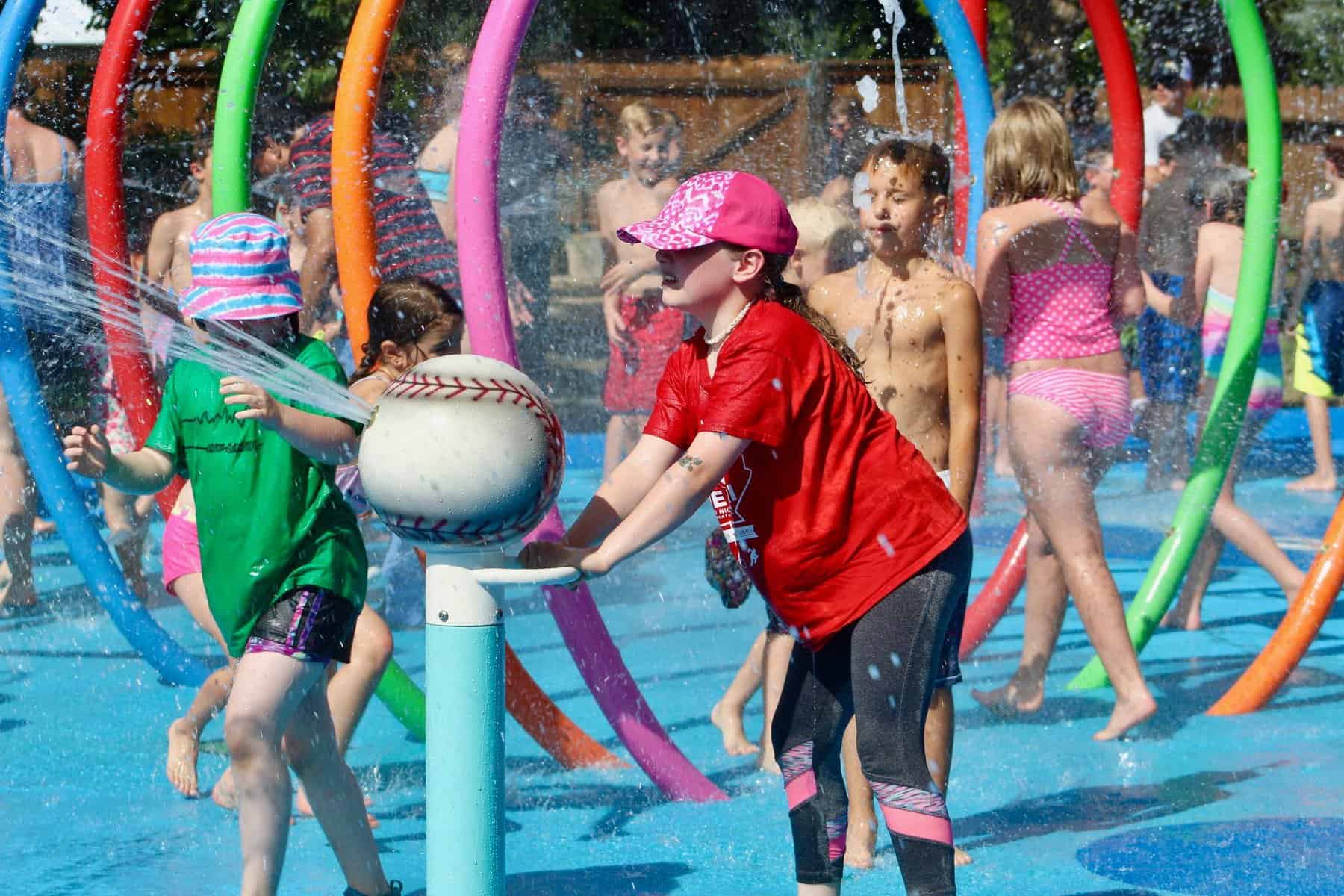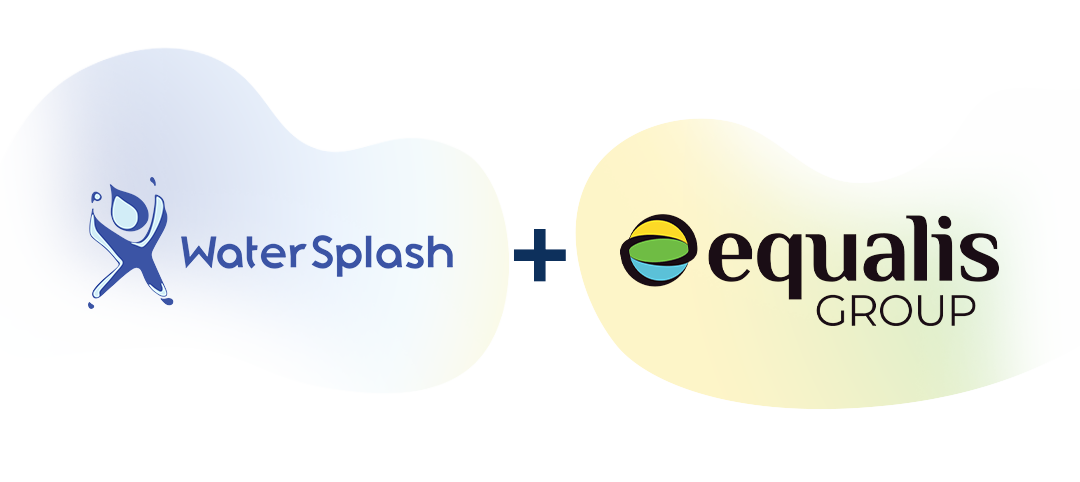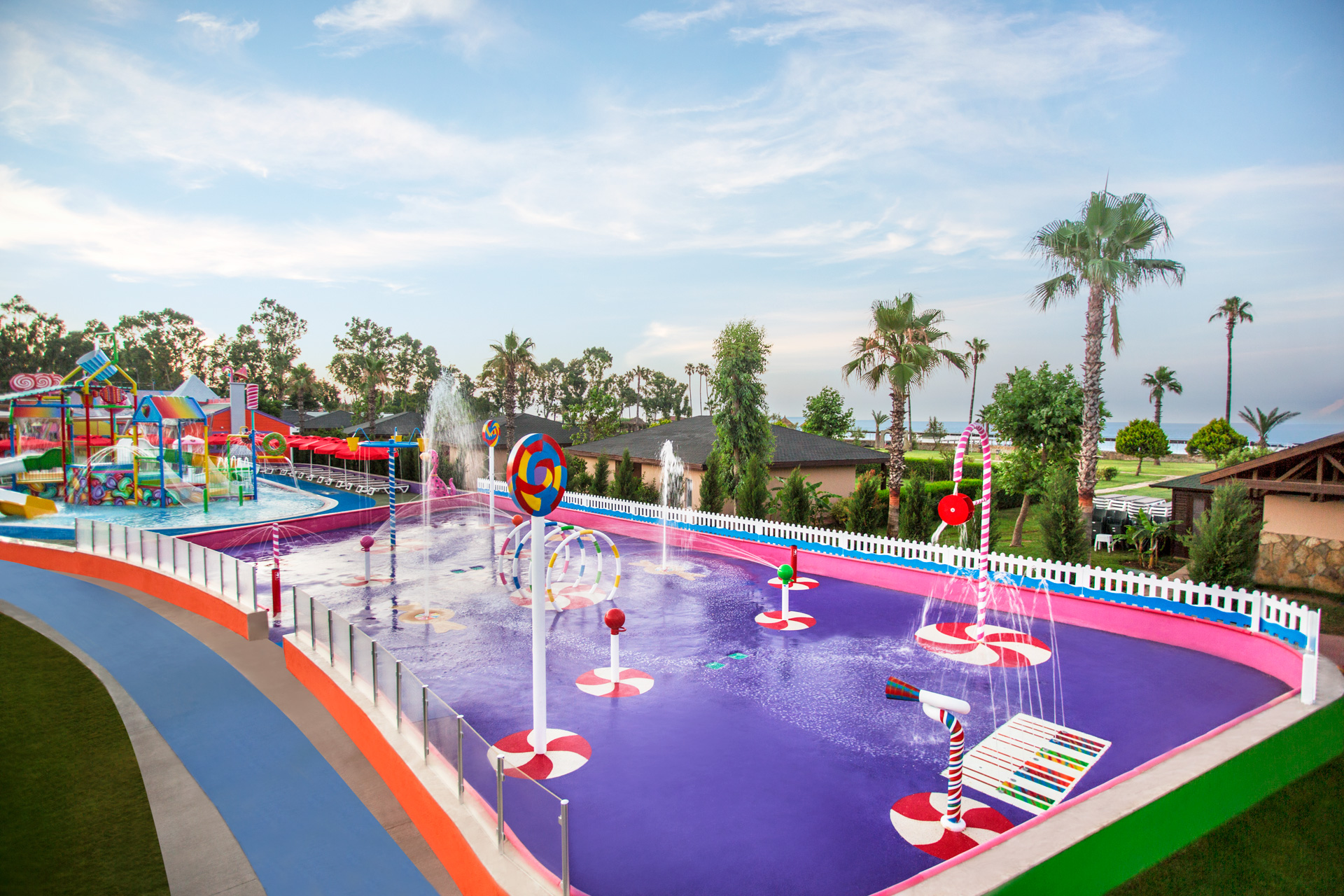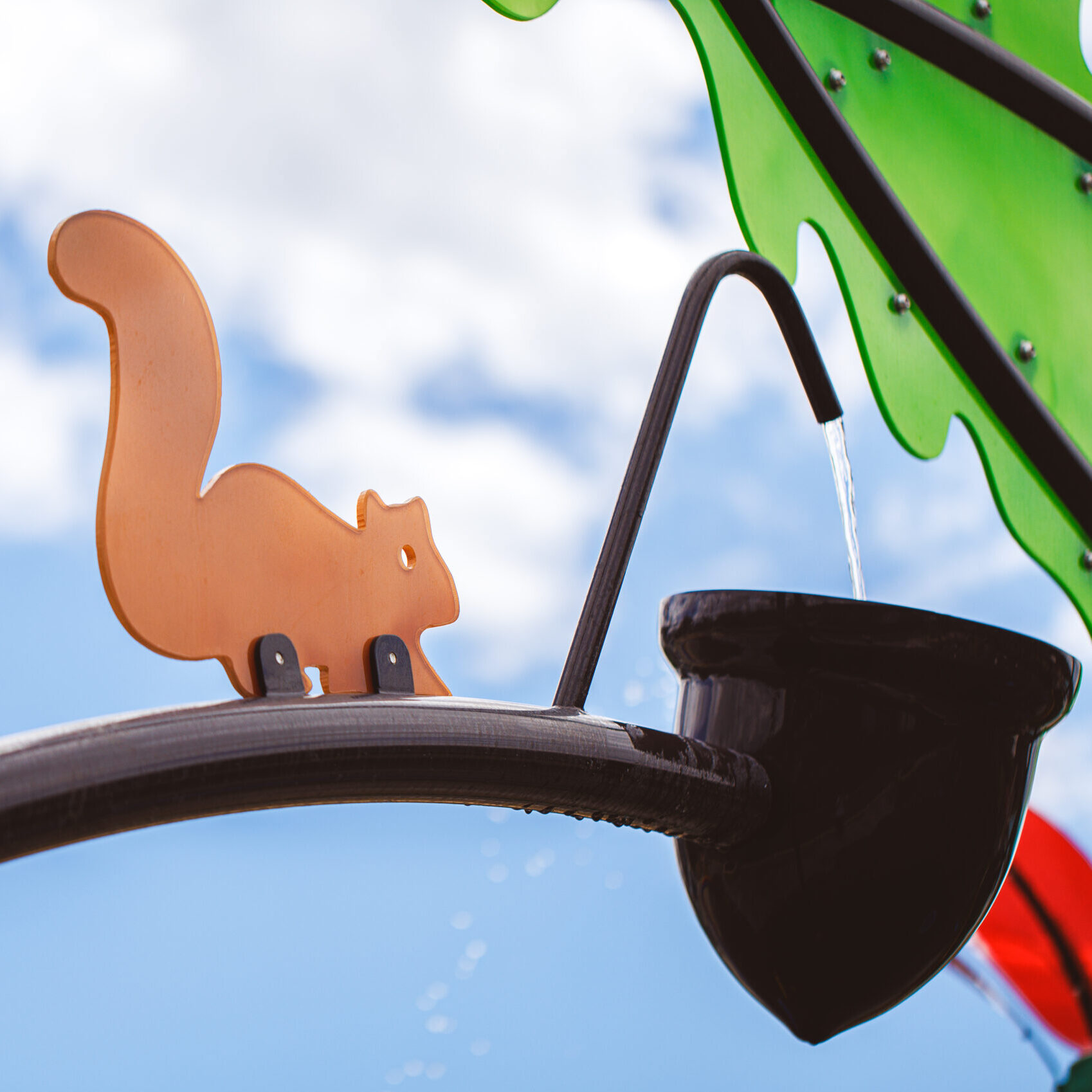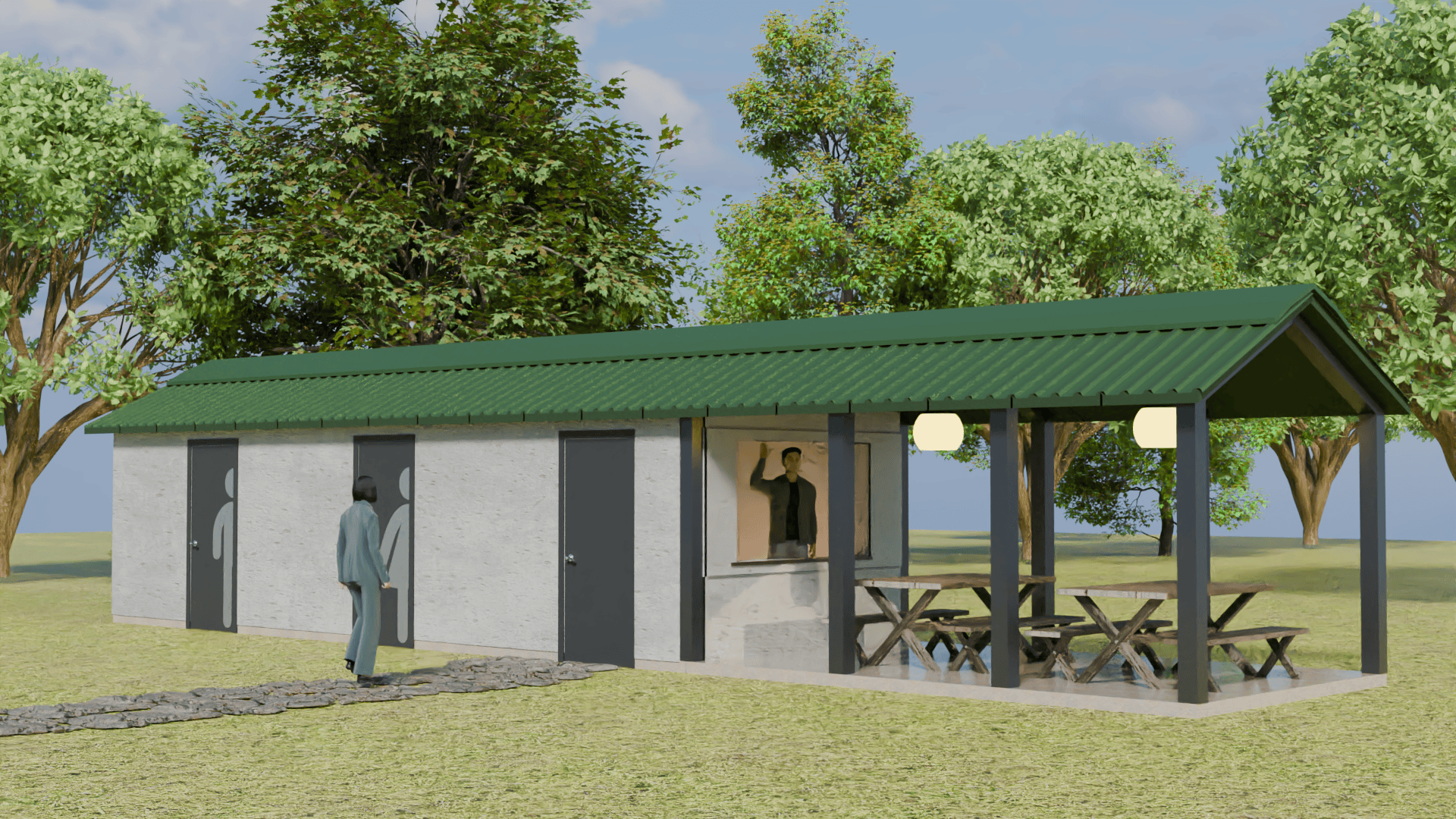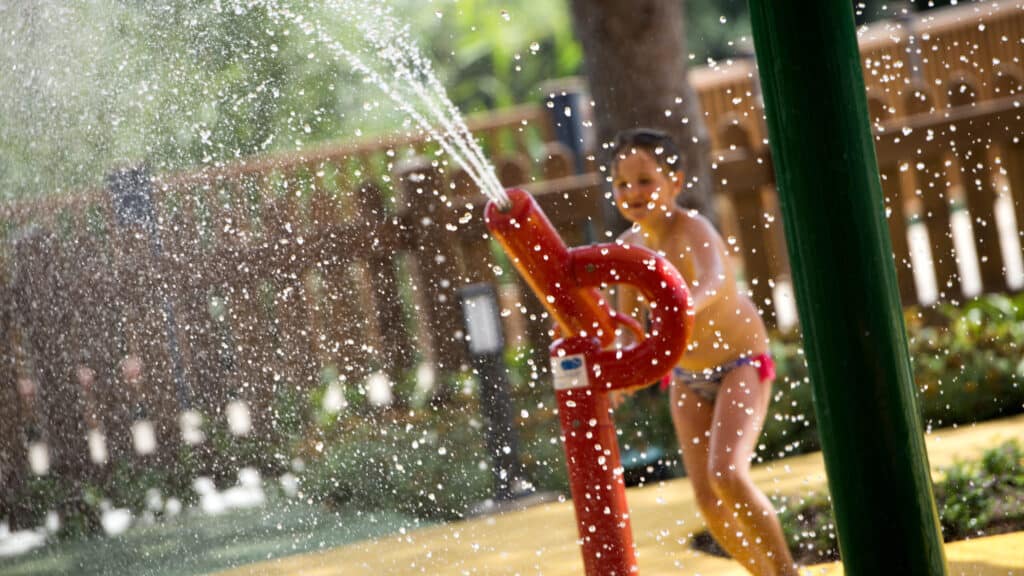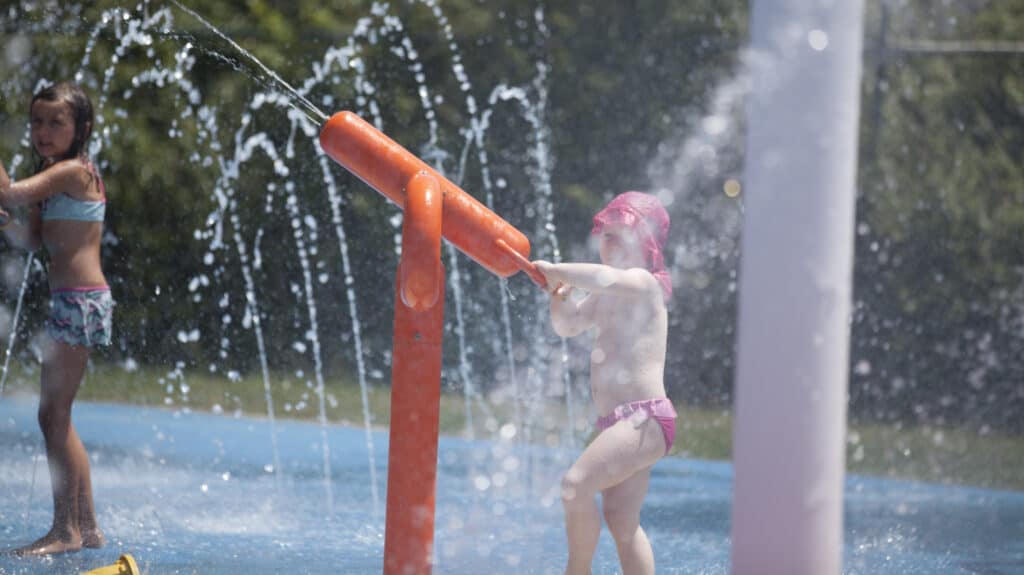
How to design an environmental friendly splash pad?
Water Splash Blog Read more, Discover more ! How to design an environmental friendly Splash pad? Welcome to the world of splash pads, where fun meets sustainability! If you’re looking for anexciting and environmentally friendly way to beat the heat, then designing a splash pad is justwhat you need. This innovative water play area has gained popularity in recent years due to itscommitment to reducing water consumption and minimizing the carbon footprint.In this blog post, we will delve into the art of creating an eco-friendly splash pad that not onlyprovides endless hours of enjoyment but also promotes responsible use of resources. Fromcareful location selection to utilizing solar energy and incorporating natural elements, we’llexplore all the steps involved in designing a splash pad that leaves a positive impact on ourplanet. So grab your sunscreen and let’s dive right into making waves with an environmentally friendlysplash pad! Understanding the concept of a splash pad Imagine a place where water dances and laughter fills the air. That’s the magic of a splash pad/Splash Park! Asplash pad, also known as a spray ground, is an interactive water play area designed for people ofall ages to cool off and have fun. Unlike traditional pools or water parks, splash pads aretypically built with non-slip surfaces and feature various nozzles that shoot out water in differentpatterns and directions.These vibrant and dynamic spaces offer a safe environment for children to explore theirimagination while staying refreshed during hot summer days. From gentle misting sprays tocascading fountains, each element is carefully crafted to provide maximum enjoyment withoutthe need for deep bodies of water.One of the key features that sets splash pads apart from other aquatic facilities is its recirculationsystem. This innovative filtration system ensures that the same water is continuously reused,significantly reducing overall consumption compared to conventional swimming pools. Byincorporating advanced technologies such as UV filtration systems or ozone filtration systems,these modern marvels maintain high levels of hygiene while minimizing chemical usage.Splash pads not only bring joy but also contribute towards environmental sustainability bylowering their carbon footprint. The materials used in construction are often chosen withlongevity and eco-friendliness in mind. Recycled materials like rubberized surfacing orpermeable pavers help mitigate stormwater runoff issues while providing a cushioned surface forlittle feet.In addition to being environmentally conscious in design, many splash pads aim to incorporate natural elements seamlessly into their surroundings. Lush landscaping featuring native plants notonly adds beauty but also contributes towards creating habitat spaces for local wildlife.In conclusion (as requested), understanding the concept of a splash pad goes beyond justsplashing around – it’s about celebrating nature, conserving resources, and creating memorableexperiences for generations to come! So next time you visit one of these delightful play areas,take a moment to appreciate how this simple concept can make such a big impact on our planet. The importance of designing an environmentally friendly one When it comes to designing a splash pad, it’s crucial to consider the environmental impact.Creating an environmentally friendly splash pad not only benefits the planet but also enhancesthe overall experience for visitors. By incorporating sustainable design elements and practices,you can minimize water waste, energy consumption, and carbon footprint.One of the key aspects of an eco-friendly splash pad is utilizing a recirculation system. Thissystem allows water to be filtered and treated before being reused, reducing water consumptionsignificantly. Installing filtration systems such as UV or ozone filtration helps maintain clean andsafe water while minimizing chemical usage.Choosing materials that are renewable, recyclable, or locally sourced is another important factorin designing an environmentally friendly splash pad. Opting for sustainable materials reduces thecarbon footprint associated with production and transportation.In addition to using eco-friendly materials, incorporating solar energy can contribute greatly tosustainability. Solar panels can power various components of the Splash Pad / Spray Park such as pumps orlighting systems, decreasing reliance on non-renewable energy sources.To further enhance environmental friendliness, consider integrating natural elements into thedesign. Incorporating native plants not only adds aesthetic value but also provides habitat forlocal wildlife. Additionally, creating shaded areas using trees or structures helps reduce heatisland effect and promotes comfort without excessive use of air conditioning.Regular maintenance and check-ups are essential for ensuring continued environmentalfriendliness of your splash pad. Regular inspections help identify any potential leaks orinefficiencies that could lead to unnecessary water waste or energy consumption.Furthermore, community involvement plays a crucial role in promoting eco-friendly practices atthe splash pad. Educating visitors about responsible water usage through signage or interactivedisplays raises awareness about conservation efforts and encourages everyone to play their partin protecting our environment.By considering these factors during the design phase of your splash pad project, you can create a fun-filled space that minimizes its impact on nature while providing an enjoyable experience forall who visit Research and Planning: Finding the right location and materials When it comes to designing an environmentally friendly splash pad, thorough research andplanning are essential. The first step is to find the perfect location for your splash pad. Look for aspot that receives ample sunlight, as this will help with energy efficiency if you decide toincorporate solar panels into your design.Consider the accessibility of the location as well. Look for a place that is easily accessible byfoot or bike, promoting eco-friendly modes of transportation. Additionally, choose a site awayfrom sensitive ecosystems or bodies of water to minimize any potential negative impacts on localwildlife.Next, carefully consider the materials you will use in constructing your splash pad. Opt forsustainable options such as recycled rubber flooring or permeable pavers that allow rainwater toseep into the ground instead of contributing to runoff.Furthermore, prioritize using non-toxic materials that won’t harm children or contaminate watersources. Research eco-friendly alternatives like low VOC paint and plant-based dyes for anydecorative elements.Take time during this research phase to explore different filtration systems available for splashpads. Consider options like UV filtration systems or ozone filtration systems, which caneffectively remove bacteria and contaminants without relying heavily on chemical treatments.By conducting thorough research and planning before construction begins, you can ensure thatyour environmentally friendly splash pad is located in an ideal spot while utilizing sustainablematerials and advanced

